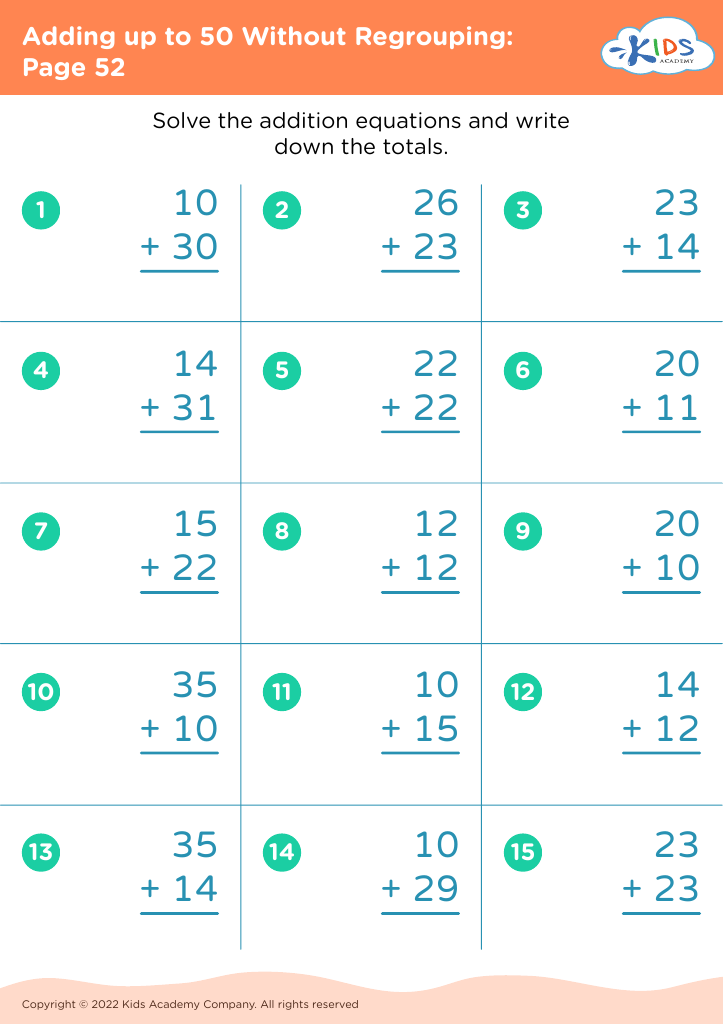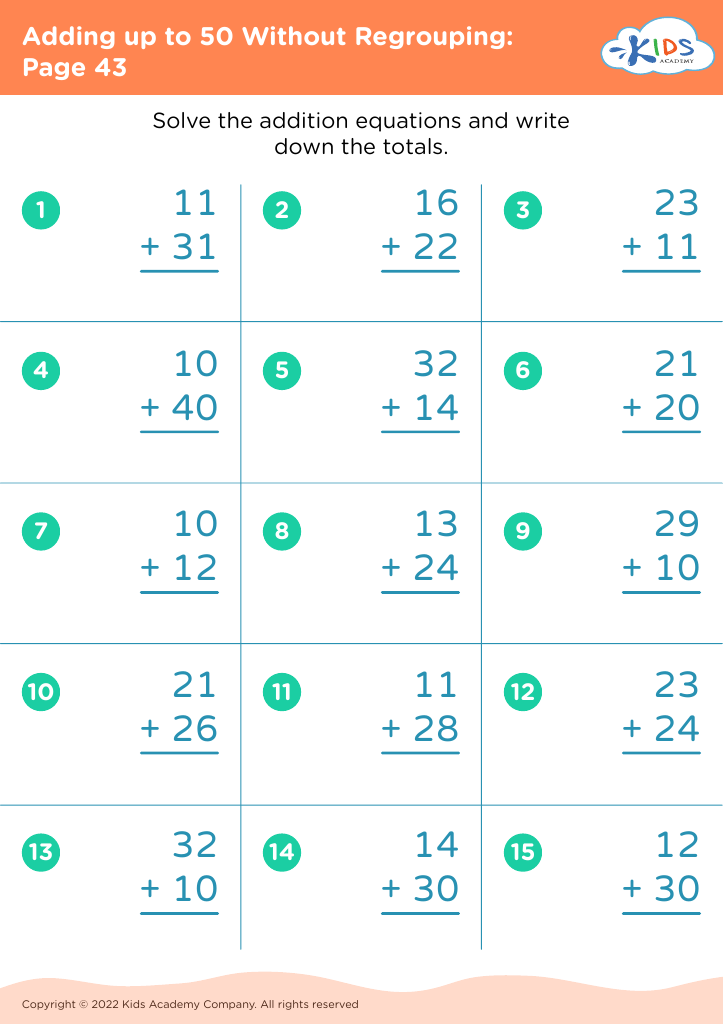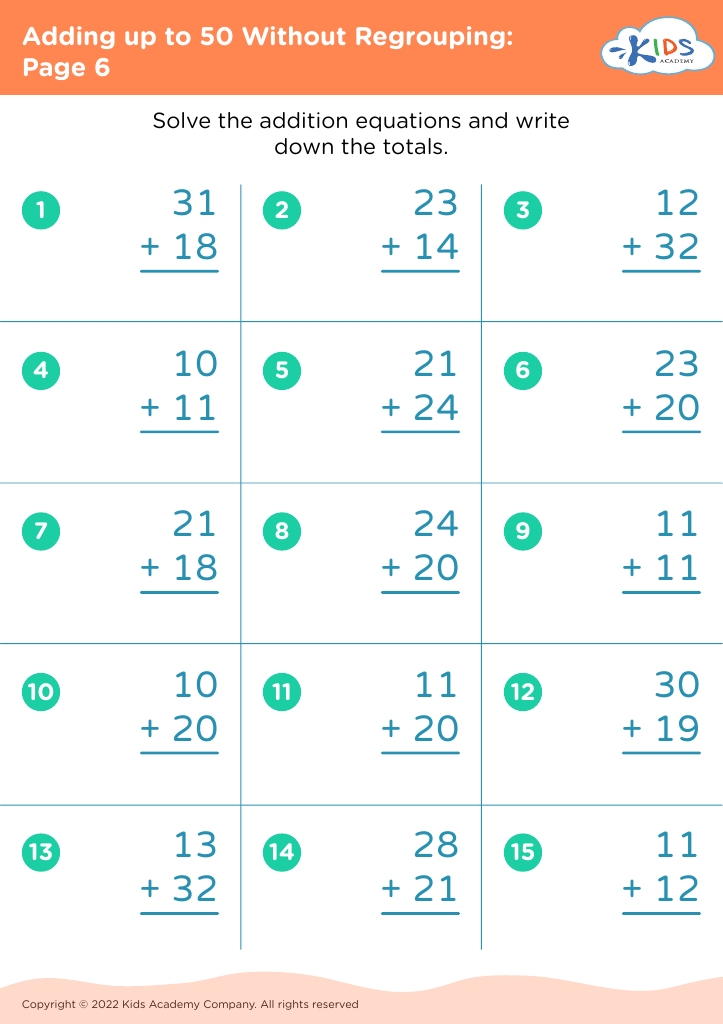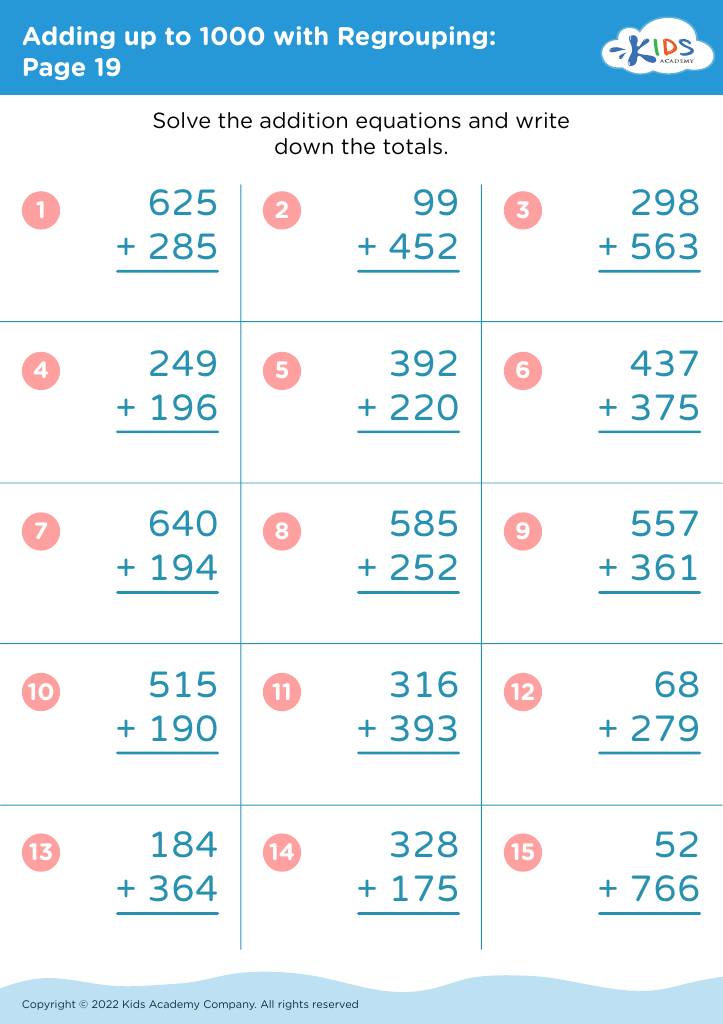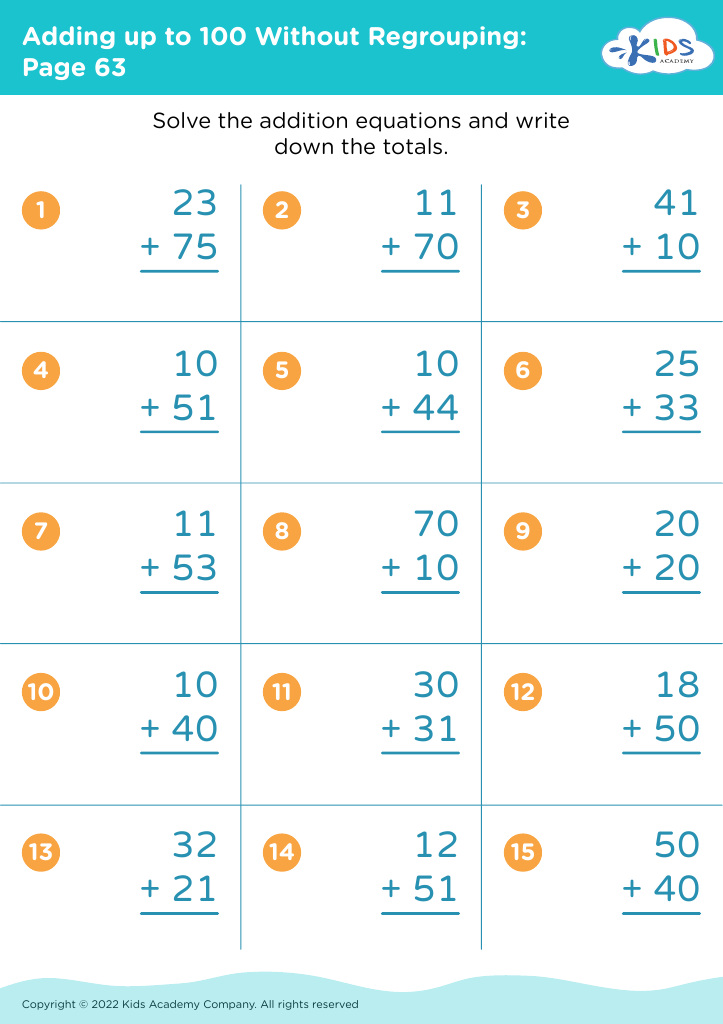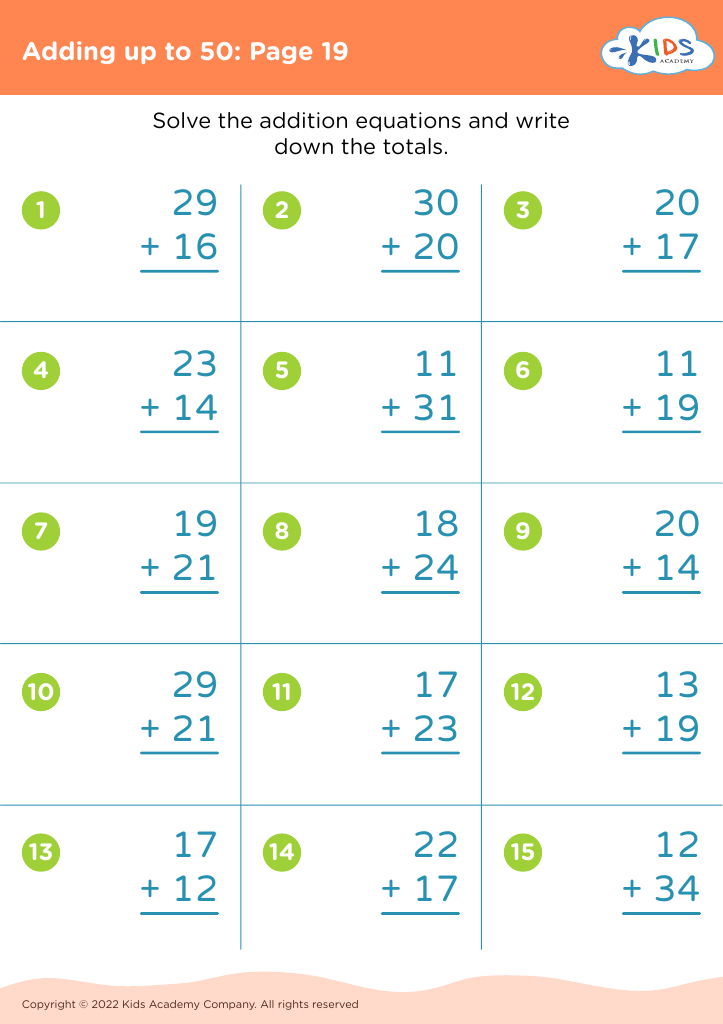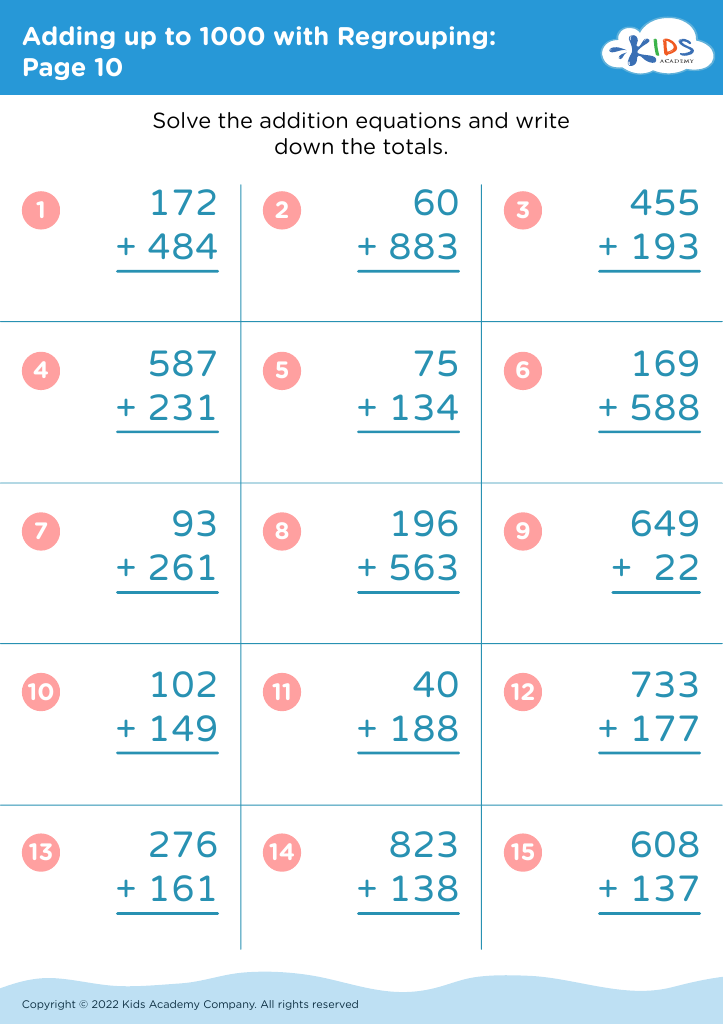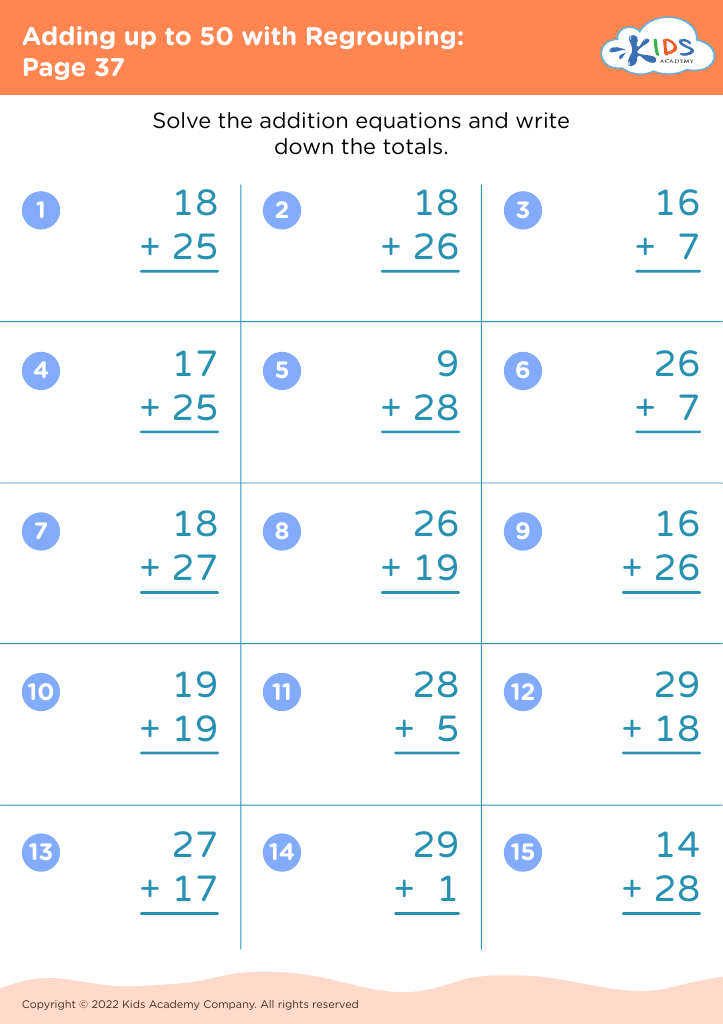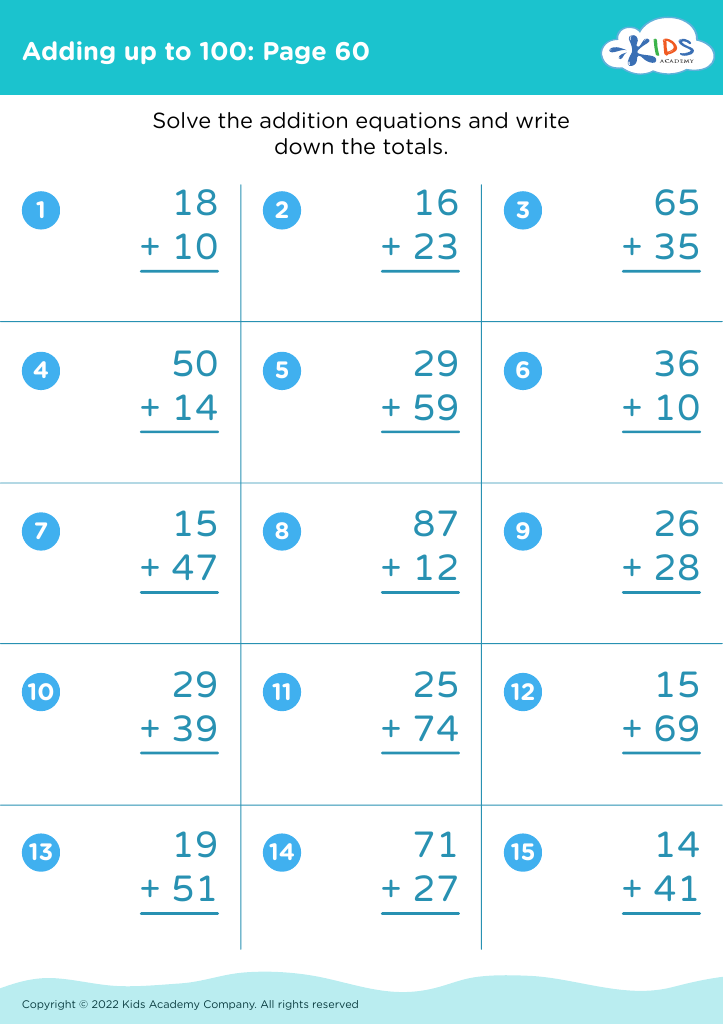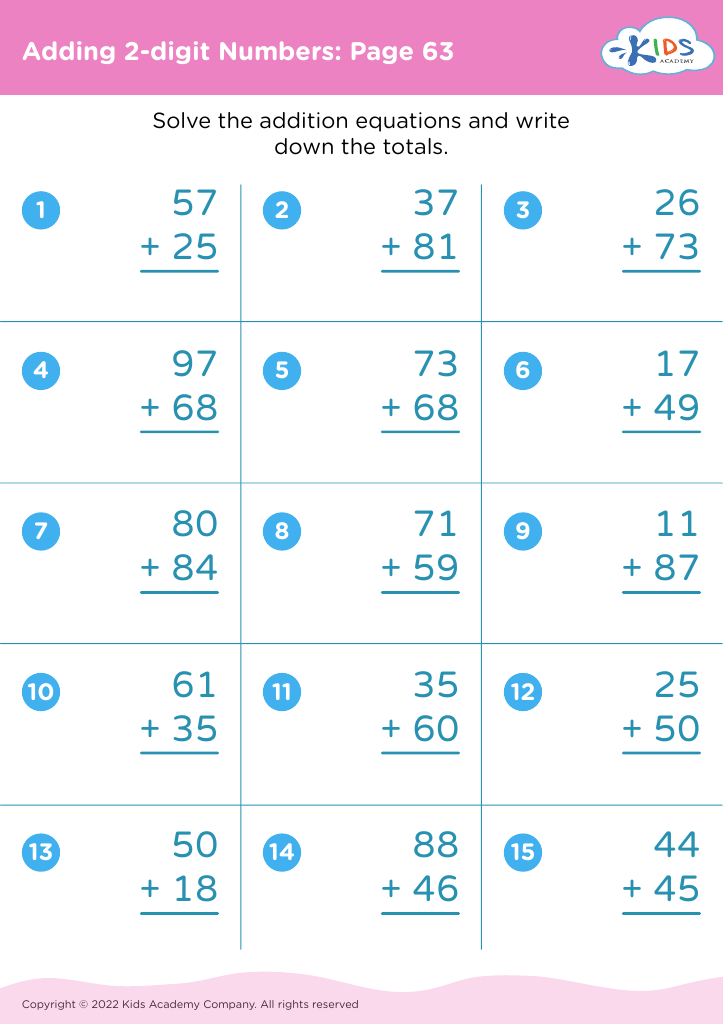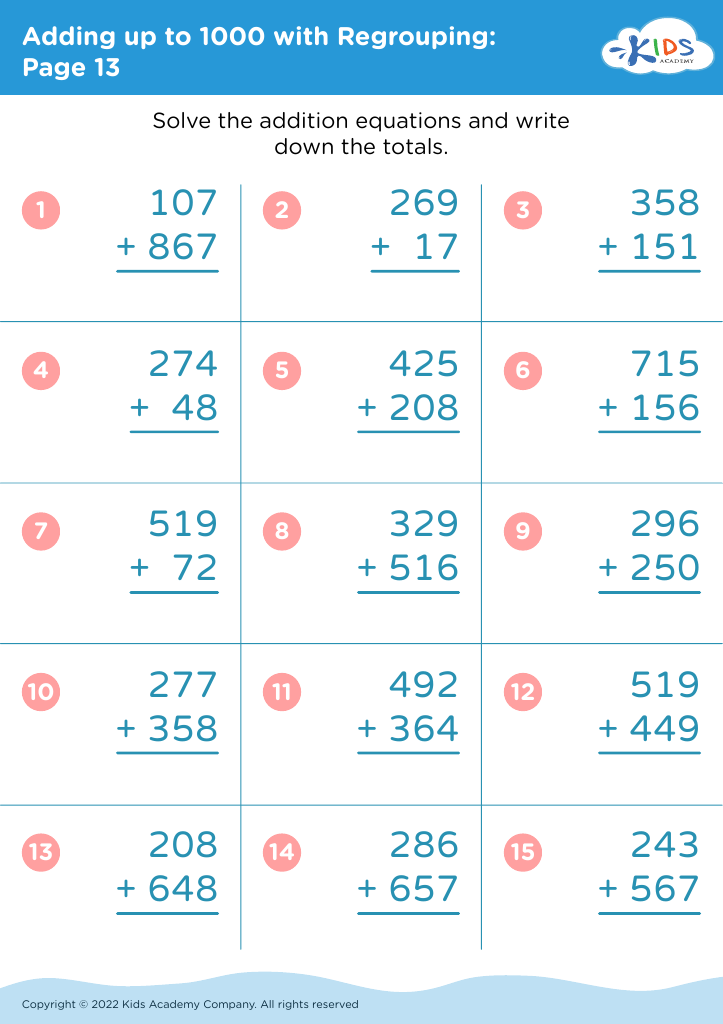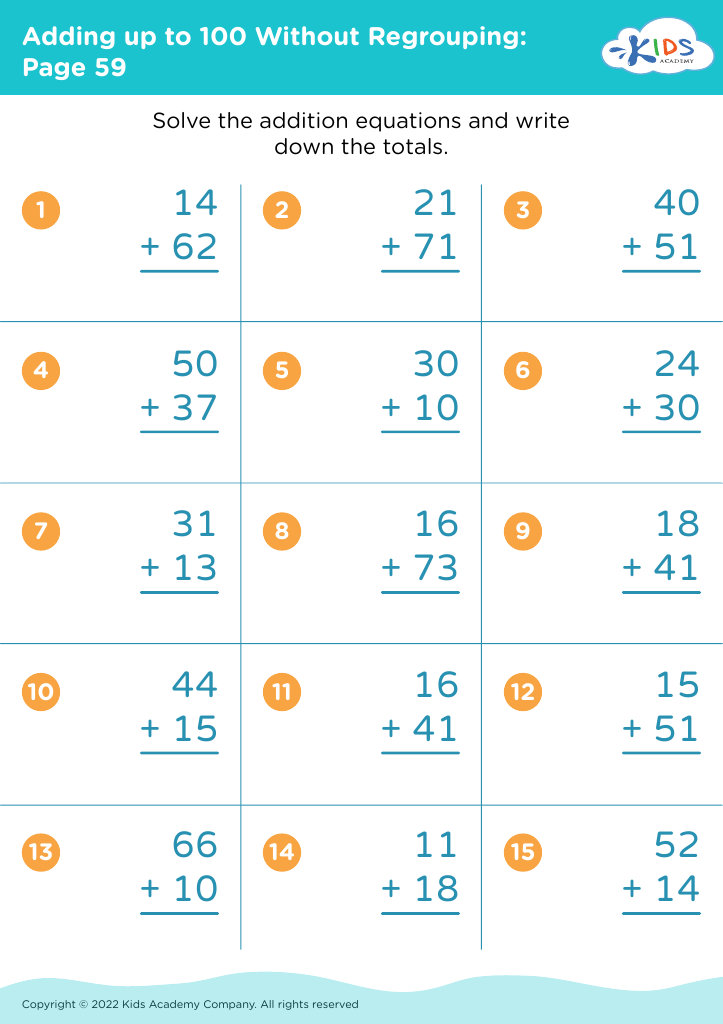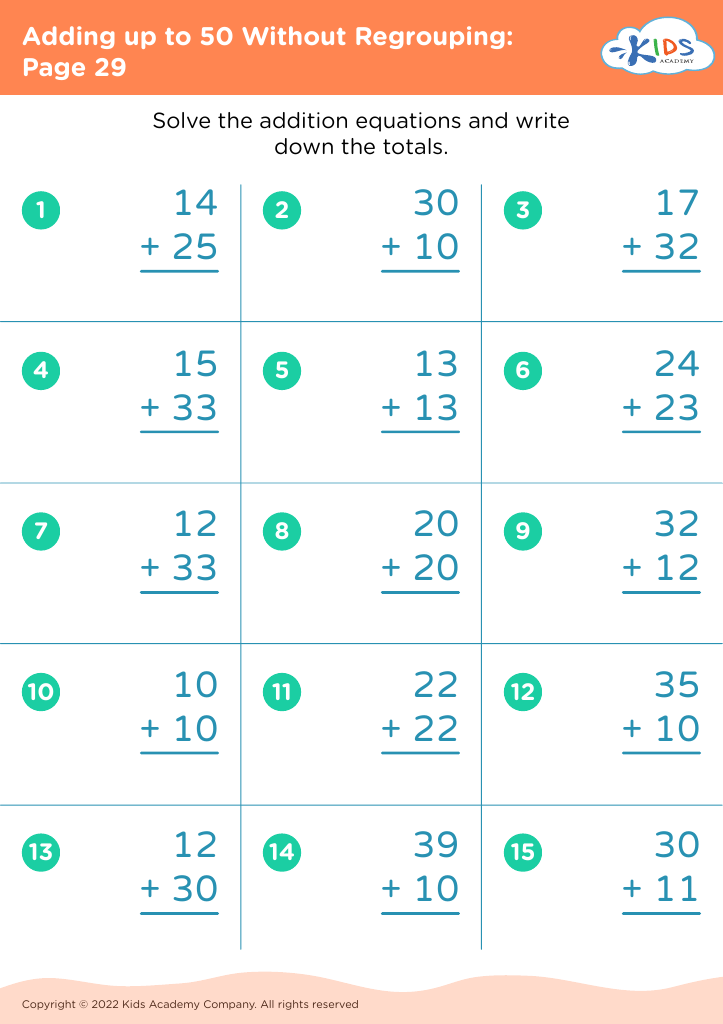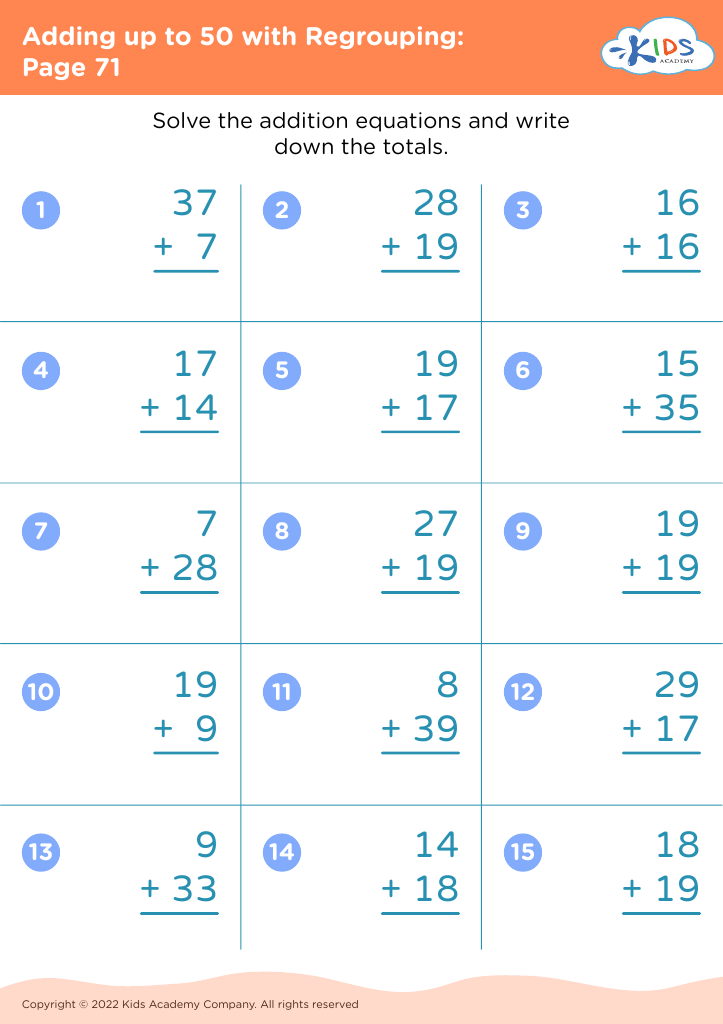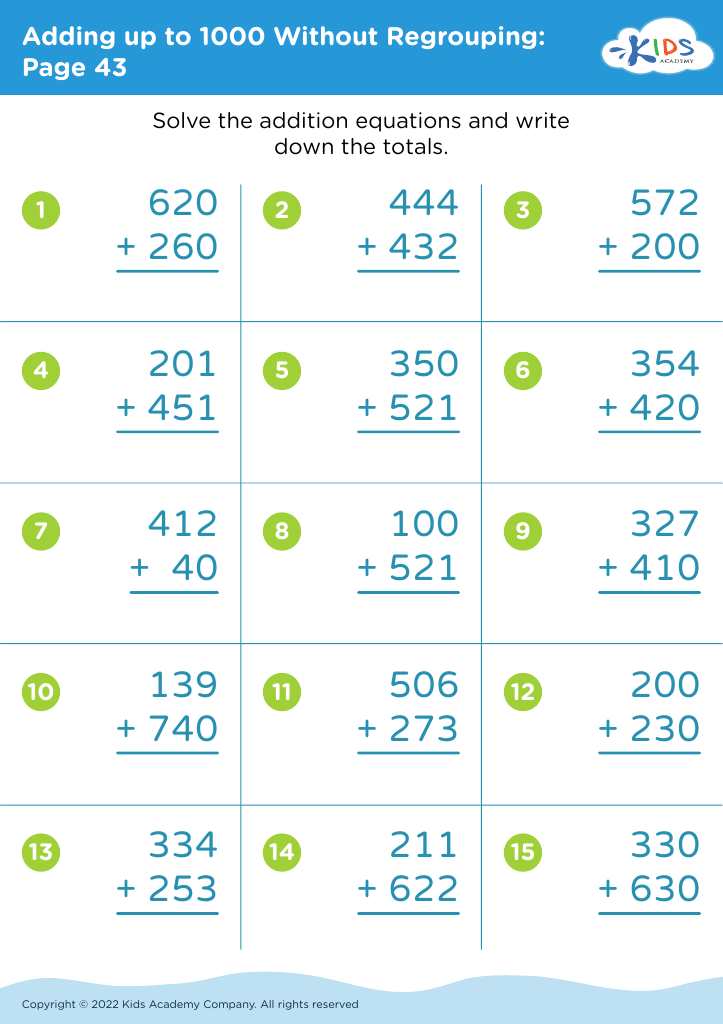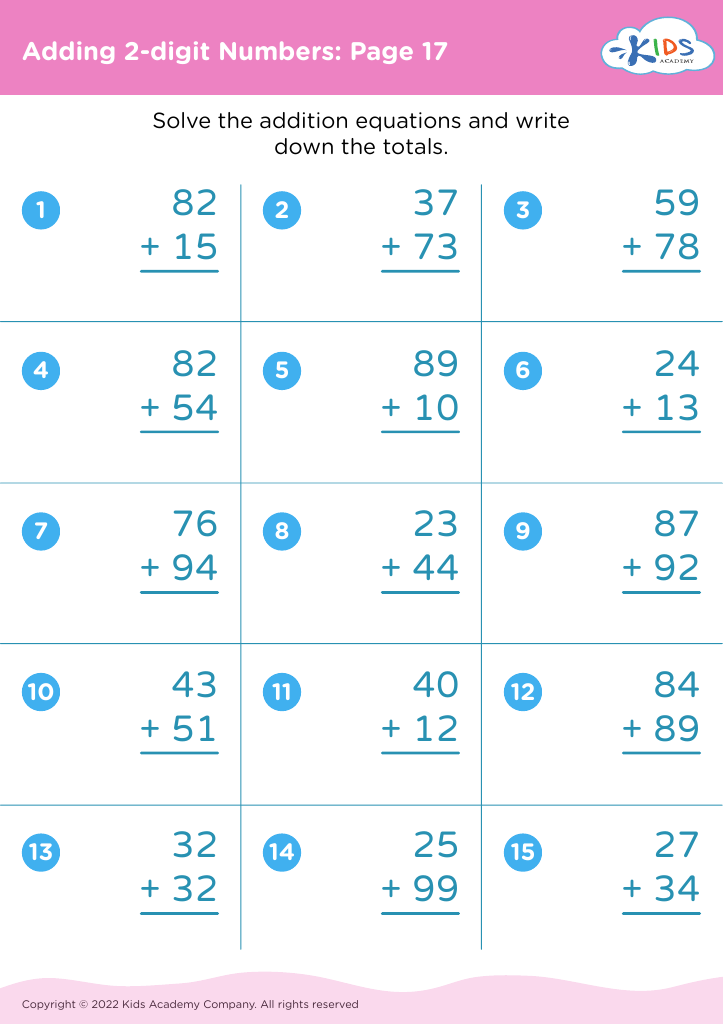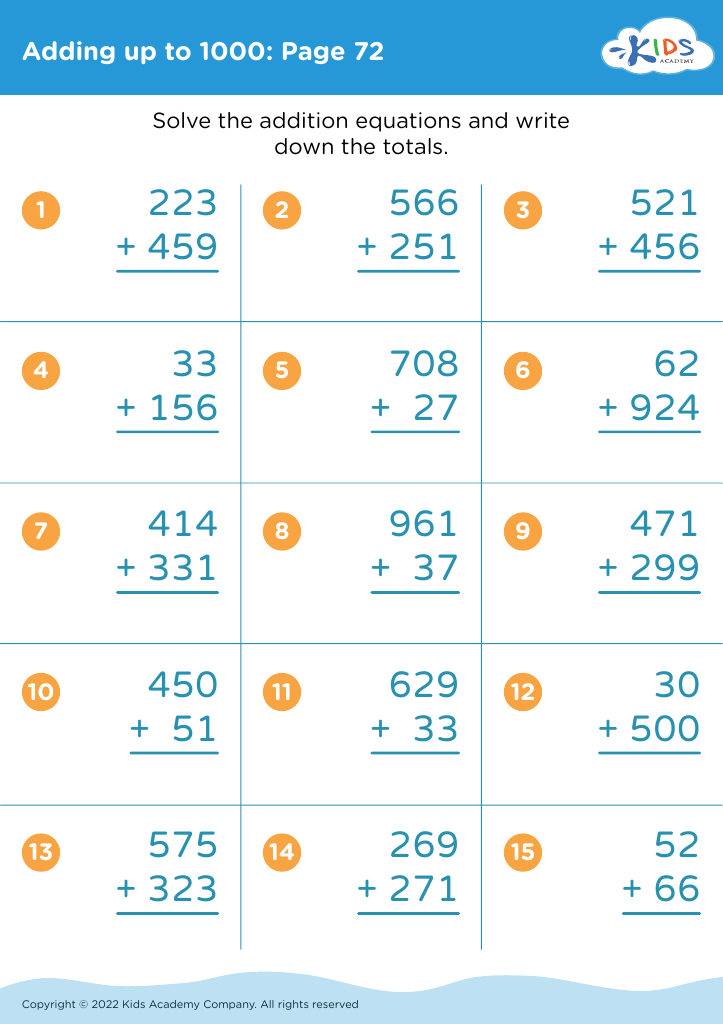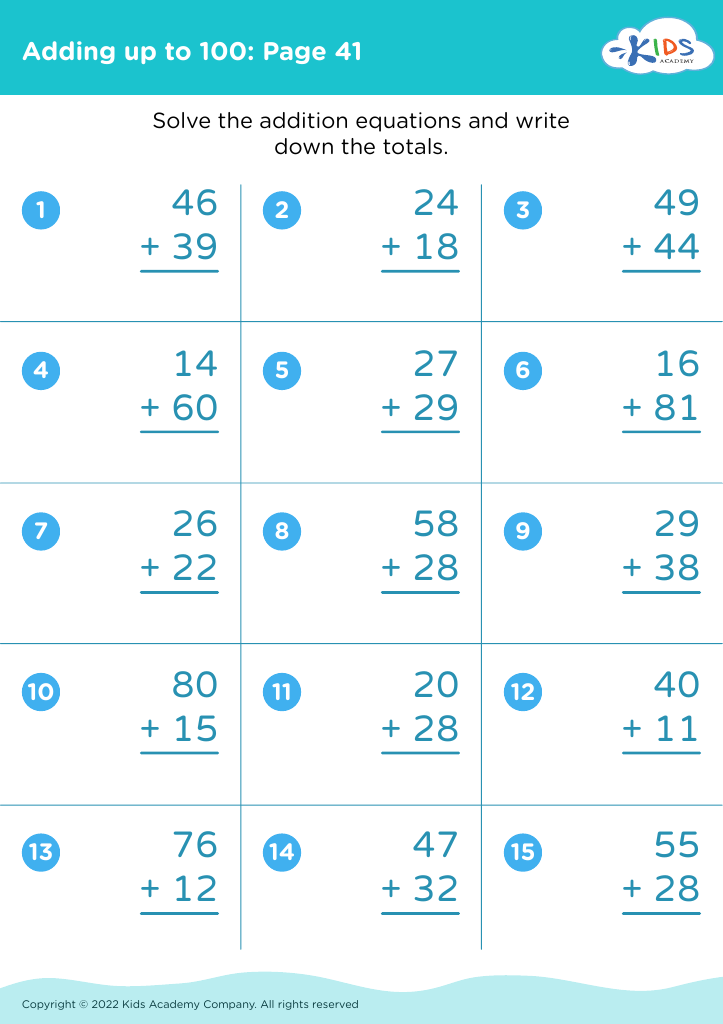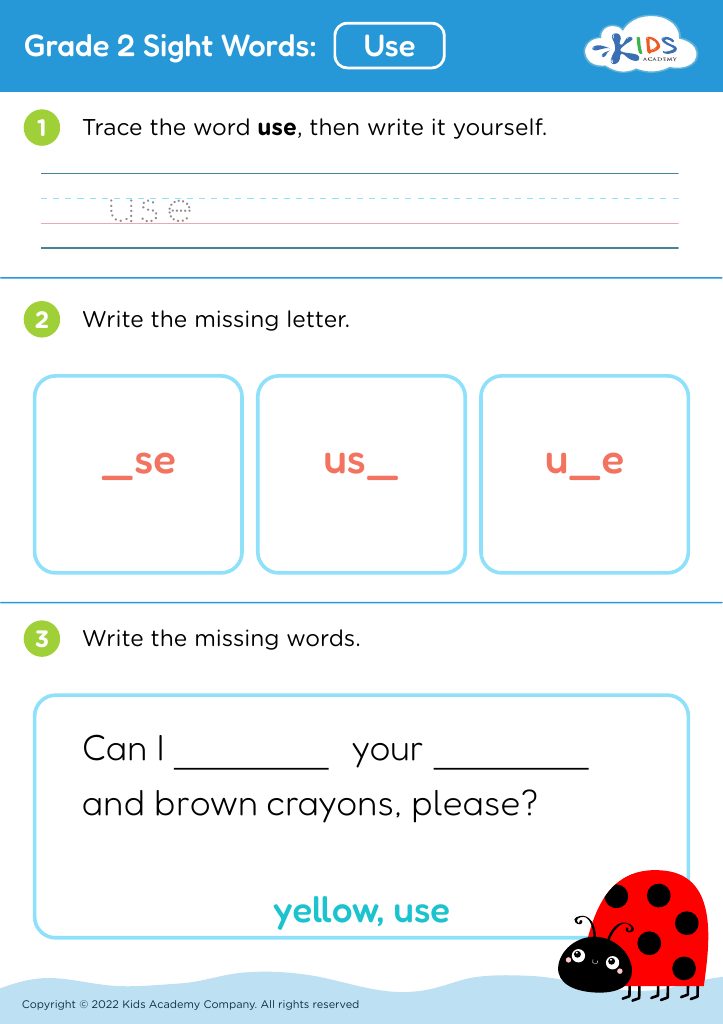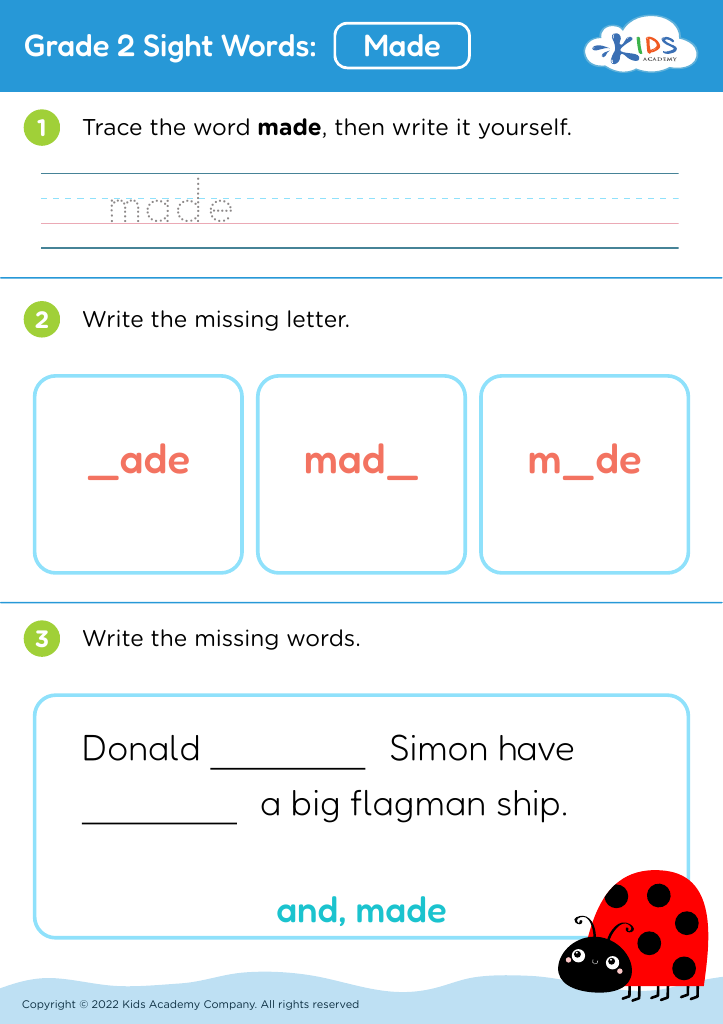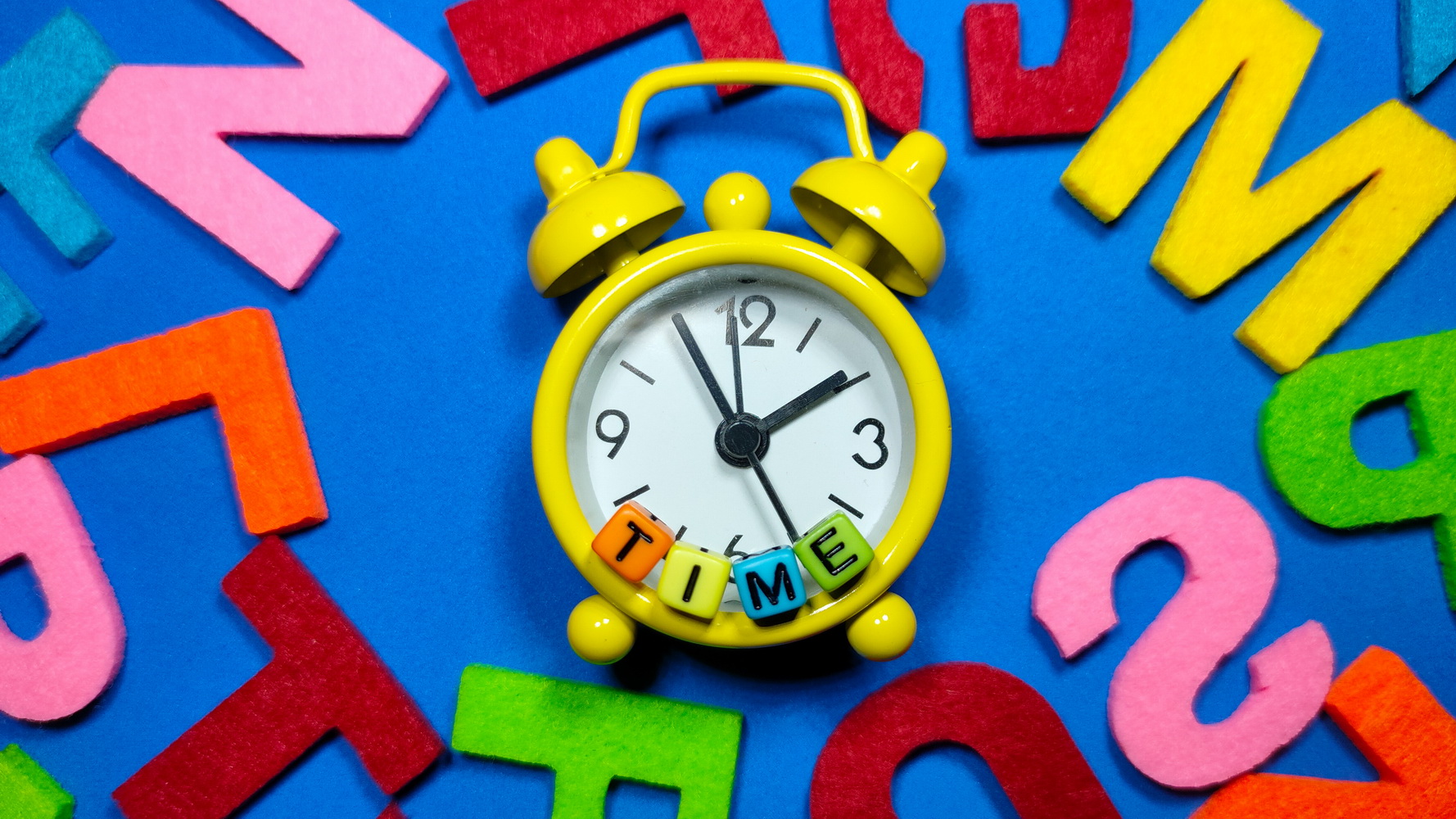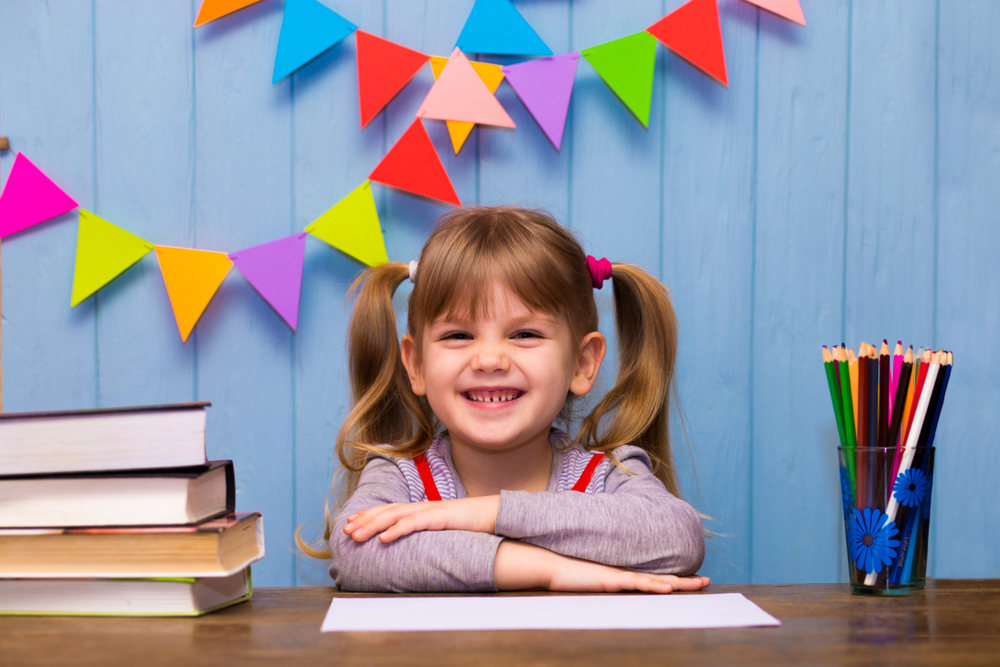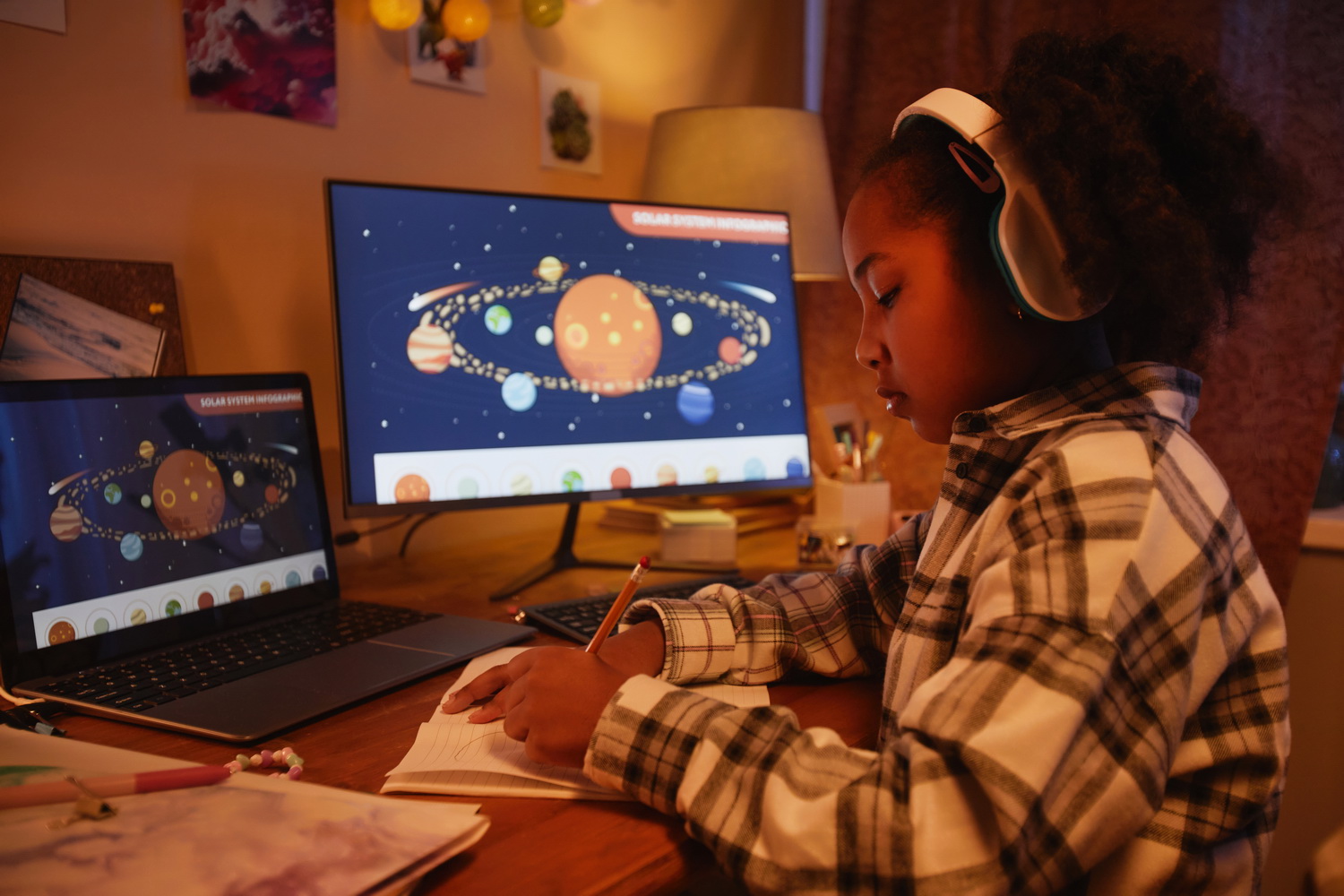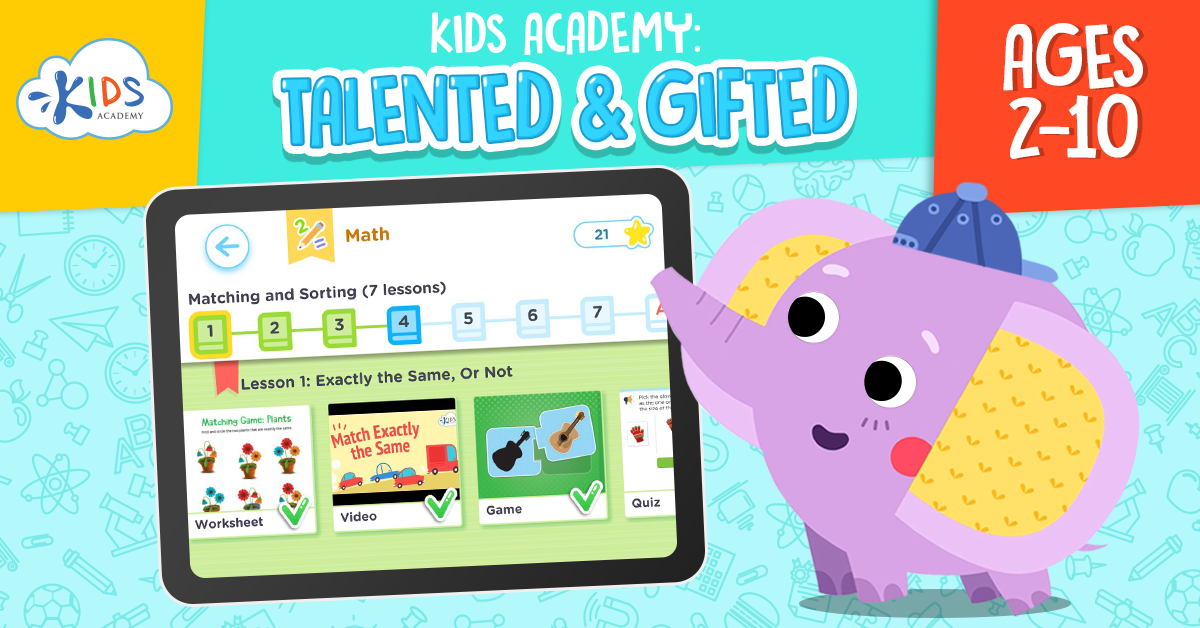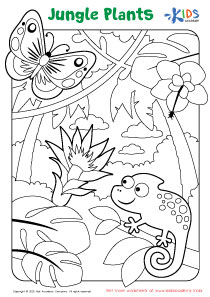Recognizing Patterns Grade 2 Worksheets
24 filtered results
-
From - To
Enhance your second grader's learning with our "Recognizing Patterns" worksheets! Designed specifically for Grade 2, these engaging and interactive printables help young learners identify, analyze, and create patterns in various forms. Featuring colorful visuals and fun activities, students will enjoy practicing their skills while boosting critical thinking and problem-solving abilities. Whether in the classroom or at home, our worksheets offer a unique way to enhance mathematical understanding and build strong foundational skills. Ideal for extra practice, homework help, or enriching classroom activities, our Recognizing Patterns worksheets make math engaging and enjoyable for your child. Start exploring today!
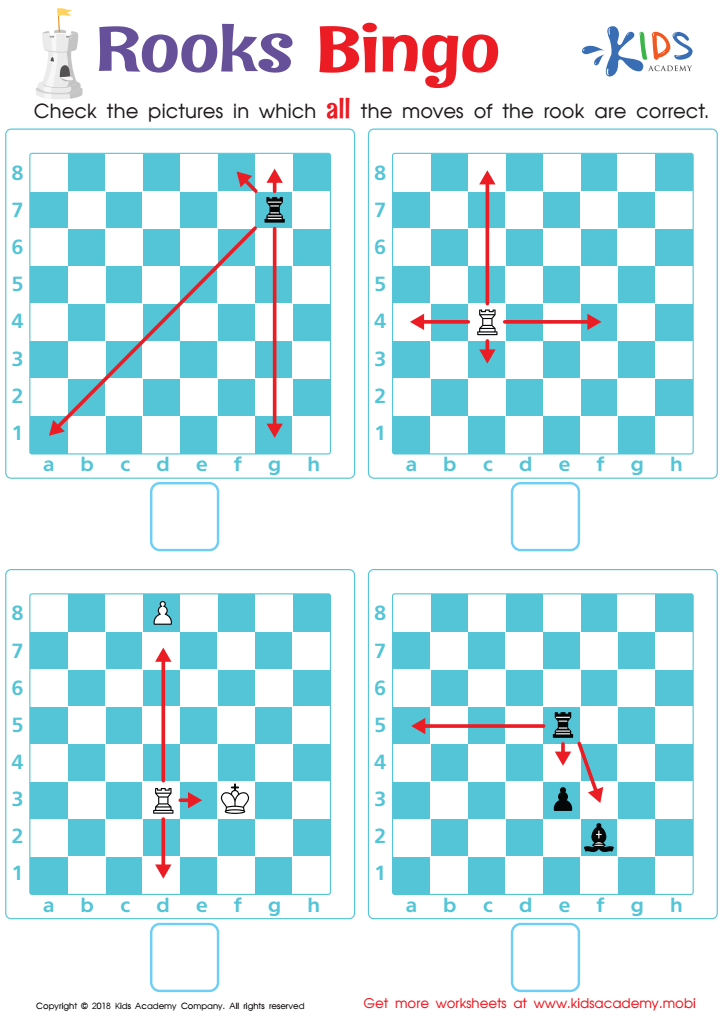

Rooks Bingo Worksheet
Recognizing patterns is a fundamental skill for second graders that provides a foundation for critical thinking, problem-solving, and mathematical understanding. As parents and teachers, nurturing this skill is essential because it supports cognitive development and enhances children’s ability to notice relationships between different concepts. When children learn to identify patterns—whether in numbers, shapes, or everyday life—they train their minds to make predictions based on observed sequences, fostering logical reasoning.
Additionally, recognizing patterns develops a sense of order and classification, skills that are crucial not only in math but in areas like reading and science. For instance, noticing patterns within stories can enhance comprehension and prediction skills, while recognizing patterns in the natural world can spark curiosity and inquiry.
Encouraging pattern recognition also promotes creativity, as children learn to see connections and develop new ways of thinking. Furthermore, it builds confidence in students, turning challenges into enjoyable puzzles they can solve. Ultimately, supporting this skill lays the groundwork for future academic success, leading to a more profound understanding of complex concepts in later grades. By fostering pattern recognition, parents and teachers equip children with essential tools for lifelong learning and adaptability.


